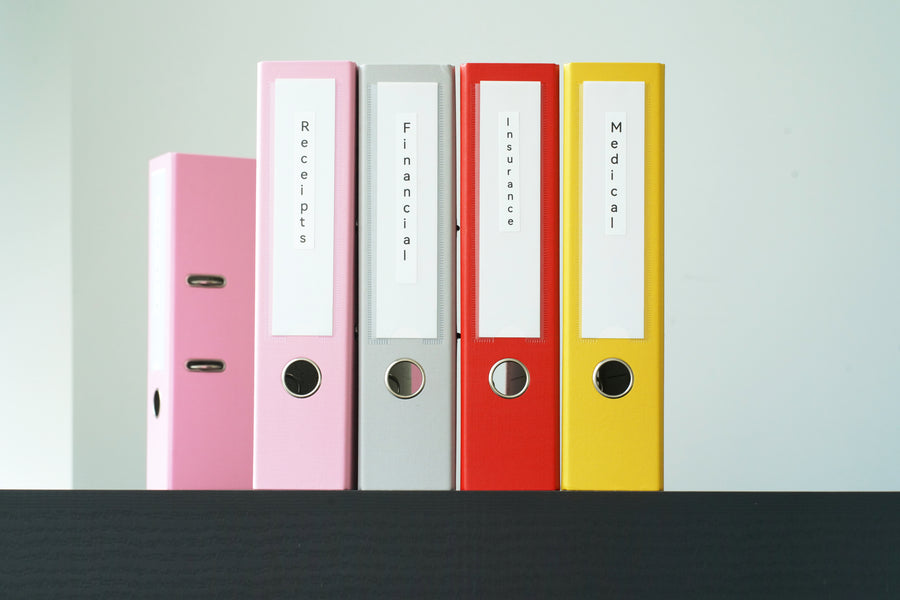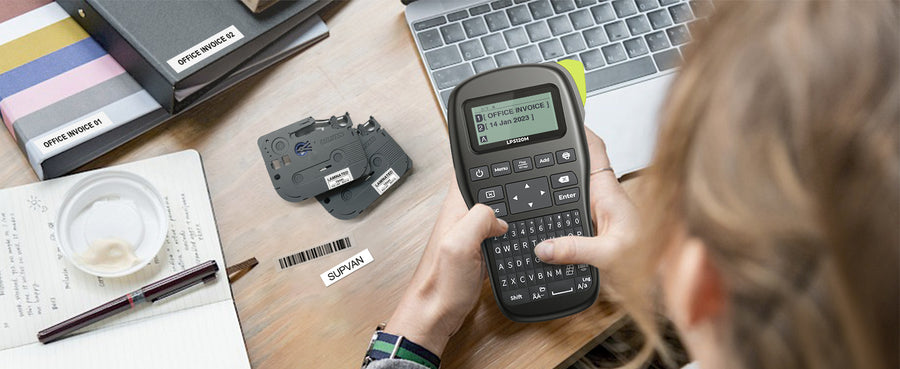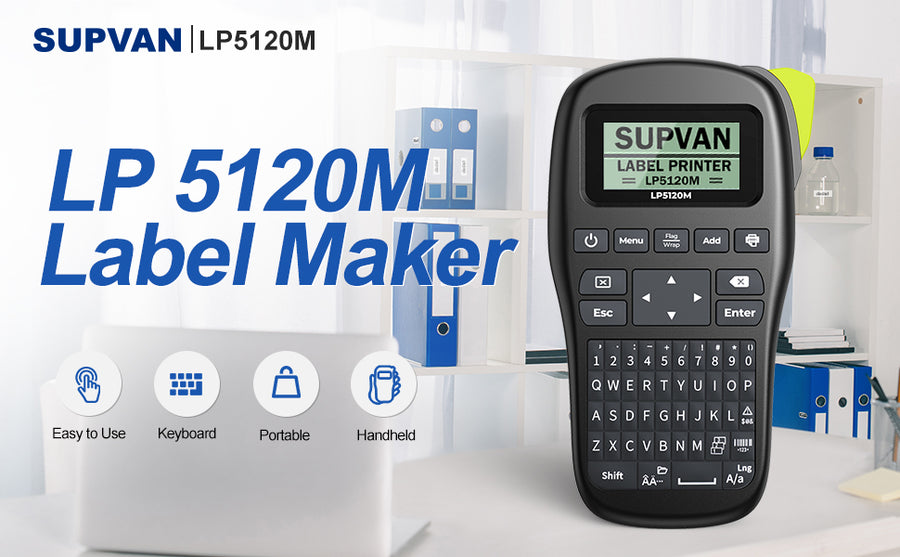Have you ever glanced at the packaging of printer paper and found yourself perplexed by the numbers? Have you ever wondered about the differences between A5, A4, or Tabloid sizes, and why there seems to be an array of bewildering numbers on the box? No need to worry, we're here to simplify and demystify the complex realm of paper sizes.
While other paper size standards exist, today we will focus on the two primary systems in use: the international and North American systems. The international standard, known as the ISO 216 standard, is utilized worldwide. On the other hand, the North American system, predominantly used in the USA and Canada, includes the commonly recognizable Letter (8.5 in x 11 in) and Legal (8.5 in x 14 in) sizes, along with some additional sizes that may not be as frequently used.
SIZES IN NORTH AMERICA
The North American paper sizes originate from traditional formats that follow arbitrary ratios. Among these traditional sizes, the Letter (8.5 × 11 inches), Legal (8.5 × 14 inches), and Tabloid (11 × 17 inches) formats are the most widely used and recognized. It is highly likely that you encounter these formats in your day-to-day activities. The Letter format is the standard choice for business and academic documents. Legal pads are made using the Legal format, while the Tabloid format is commonly employed for producing tabloids or smaller-sized newspapers.

A STANDARD EMERGES
The ANSI/ASME Y14.1 standard was adopted by the American National Standards Institute in 1995. Formats within this system are identified by the prefix "ANSI"
followed by a letter. Despite the existence of this standard, the traditional sizes continue to be the most commonly utilized. The ANSI paper formats share similarities with the ISO standard, as cutting a sheet in half will result in two sheets of the next size in sequence.

The utilization of American paper sizes frequently presents challenges when it comes to the international exchange of documents. As a result, their usage has become less prevalent in universities, where students are increasingly expected to adhere to international standards for conferences and submissions to global journals.
Standard international paper sizes range from A0 to A7, including a standardized business card size (BC). These international sizes are measured in millimeters, aligning with the metric system predominantly used in European countries. Fortunately, documents can be prepared for printing on both ANSI and ISO paper formats, offering flexibility and compatibility.
BRIDGING THE STANDARDS
A multitude of copy machines come equipped with predetermined magnification options for resizing documents to fit different paper sizes. These options are often represented by buttons labeled A3, A4, and so on. This convenient feature eliminates unnecessary margins and eliminates the hassle of guessing the correct magnification factor, which can result in paper wastage.
The choice of paper type depends greatly on your geographical location. Some individuals may find it beneficial to keep a stock of both ISO and ANSI paper. This is particularly applicable to university students, international business professionals, and frequent senders of international mail. Many local office supply stores carry both paper types, regardless of the country, although occasional special ordering may be necessary. To gain further insights into the ideal printing paper for your organization's requirements, consider reaching out to the print experts at the Gordon Flesch Company.






Leave a comment